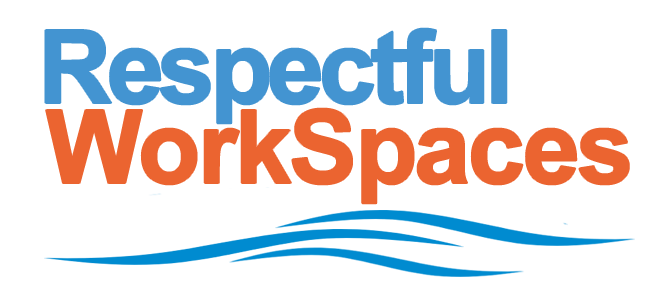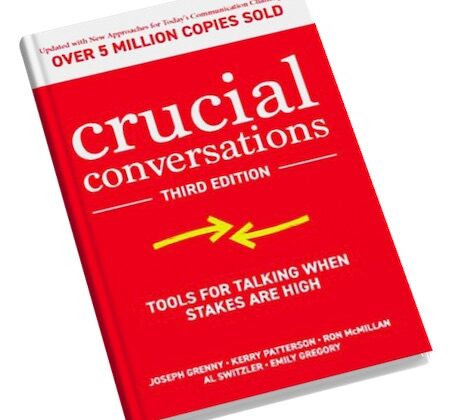Have you ever been in a conversation with anyone—co-workers, bosses, friends, family—in person, in zoom or teams, on the phone, in email, by text, on social media—when you suddenly thought, “Uh-oh!” We have opposing opinions! We have strong emotions!! And this is a high stakes conversation—either the relationship is important, the topic is important, or both!!!
If you’ve been in that situation, congratulations. You have been on the brink of a Crucial Conversation. And what happens next can make a difference in your relationship and in your results.
Crucial Conversations training is based on the mega best-selling book by the same name, and more than 30 years of research. And though the complete training lasts for two days, in just an hour overview I’ve seen people change their conversations and improve their results.
Ask questions for crucial conversations
One of the key concepts in Crucial Conversations is that everyone’s voices are heard. How often do we go into a conversation where we want to tell the person what we think, without trying to find out first what they think? The key is to ask good questions. Not questions like “why the heck did you do that?” Instead, “Help me understand your thinking when you did that.” When we start by listening, people feel respected, and more open to what we have to say.
Right now I am struggling with this in a crucial conversation I need to have. A coaching client had a good relationship with his employee, but lately it has been strained. My client copied me on an email he sent to the employee with a document attached. My client’s message to the employee was, “sign this now.” That was the complete message! No “hi,” no explanation of what it was, or “let me know if you have questions.”
Now if they had a great relationship, that might be fine. But since they don’t, I can imagine the employee getting ticked off. Now it’s my job as the coach to have a crucial conversation with my client about this.
Crucial conversations happen when we control our emotions
The first step in the crucial conversations model is to “master our stories” and not let our emotions get in the way of the facts. When I saw this email, I was shocked and angry. After all this work we’ve done together, this is what he sent!?!?! I also started telling myself stories about him, one of which was that the reason their relationship had strained was 100% the fault of my client.
But the only fact I knew was simply that a short email had been sent. And there were a lot of facts I didn’t know: had they resolved their conflict in the past few days? Had they been on the phone together having a conversation and the employee asked my client to send it, so no preamble was needed? What else was going on?
Starting with heart makes a crucial conversation
The next step in a crucial conversation is to “start with heart.” That means letting my client know how much I appreciate and respect him. How I know he’s under a lot of pressure, and I admire how much he is achieving. How impressed I am by how he’s improved since we’ve been working together.
And then it’s time to ask a question to bring him into the conversation, to understand his perspective. And then I need to listen. Become curious, Ask more questions to really understand his perspective. And be open to changing my mind about what really happened.
Learn more about the Crucial Conversations process from Makana and from Crucial Learning.

